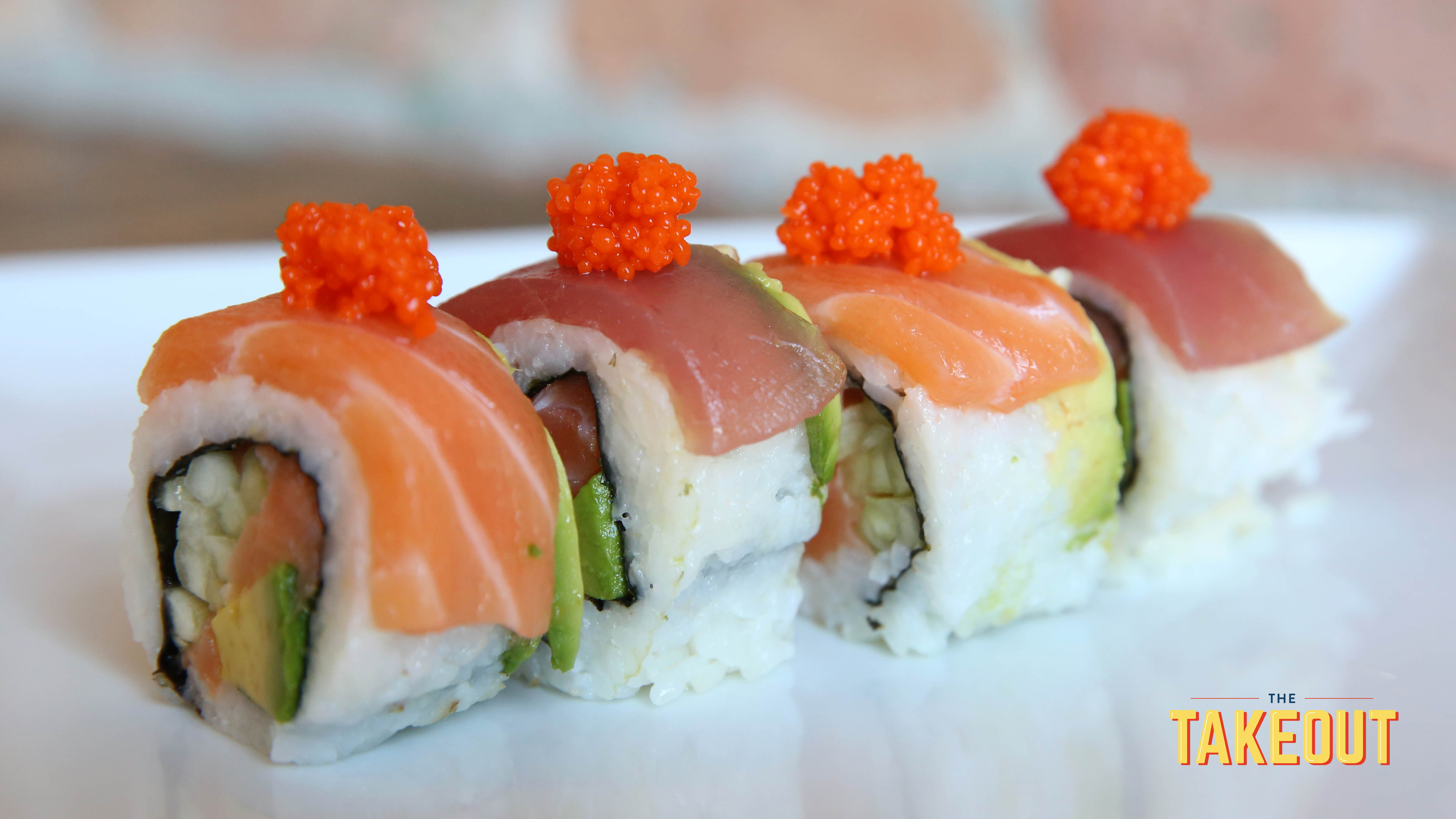What Exactly Is Vegan Caviar? IKEA Sells It.
The most intriguing food item at IKEA isn't the meatballs—there's no intrigue about them. Those meatballs are delicious, they've been delicious for the few decades I've eaten them, and I've never left a store visit without picking up a frozen bag and a packet of gravy mix. What really caught my eye recently is a jarred item that resembles tobiko, the fish eggs often used in sushi in maki rolls or as an edible garnish.

Sold under the Sjorapport banner of fish and seafood products, this jar isn't in fact fish eggs at all—they're pearls of seaweed, made to taste and stand in for tobiko (flying fish roe), but without the ecological implications of caviar.
Seaweed pearls are made from kelp, dried and turned into a powder. Salt, spices, water, and citric acid are added to this, and this mixture is dripped into a liquid and forms its spheric shape. Its kelp origins means it's packed with umami—and it's wholly vegan as well.
The first question is why even eat caviar? It's roe harvested from fish (salmon, sturgeon, trout) and cured in salt. Its high production cost and low yield (plus declining population in the Caspian Sea, where the world's most prized caviar is produced) means caviar is a delicacy reserved for the most exclusive gastronomes. But it's a taste that's singular with a tactile experience to match. Caviar is briny, smooth, vaguely buttery, and its bubble texture gives off an appealing burst of the sea when pressed against the palate. Anytime I order a poke bowl, I ask for an extra spoonful of tobiko for a greater hit of savoriness.
When you taste IKEA's seaweed pearls in isolation, there's no burst of the bubble—the texture is more apparent when bitten through, a light crunch against the molars. The flavor, too, can't match the indelible buttered brininess of true caviar, but there is a sweetness of the saltwater sea that stands on its own. But just as you wouldn't eat tobiko out of the jar, seaweed pearls are best as a grace note on rich foods—shaped into a quenelle atop scrambled eggs, or with sour cream and chives on a blini, or plopped onto mashed potatoes. Visually, texturally, and almost flavorfully, seaweed pearls neatly pull off the illusion.
I don't think caviar and/or seaweed pearls are meant to hide cooking deficiencies. It acts best as a culinary bow on a gift box, a high-class touch that demonstrates attention to detail. A sub-$5 jar of intrigue can be a worthwhile investment.
Like much of IKEA products, seaweed pearls aren't listed on its website. But I was able to find it stocked at my Chicago-area location in the refrigerated food section. Check with your local IKEA to see if it's available.
